Why Modular Homes are the Future of Malaysian Real Estate – Don’t Miss Out! 📈🏠 | RumahHQ

Imagine stepping into a world where your dream home is not just a fantasy but a reality that can be built efficiently, sustainably, and affordably. Welcome to the rise of modular homes in Malaysia! With their sleek designs and innovative construction methods, modular homes are quickly becoming a game-changer in the real estate landscape. No longer the stuff of the future, these prefabricated marvels are gaining traction as a smart choice for homeowners and investors alike. In a rapidly changing market, it’s time to explore why modular homes could be the next big thing for Malaysian real estate. Buckle up as we dive into the exciting world of modular living and discover why you definitely don’t want to miss out on this trend! 🏠📈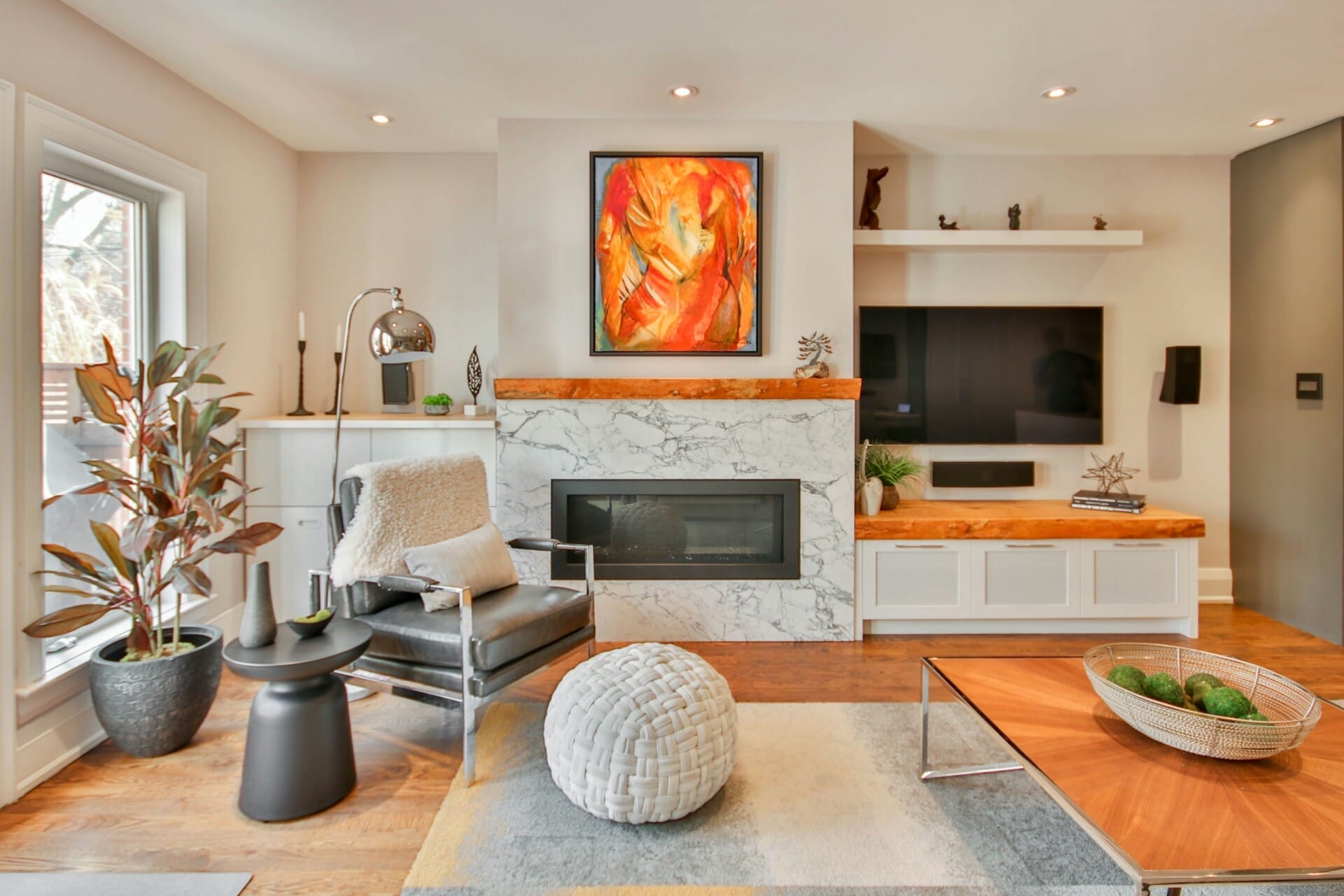
The Rise of Modular Homes in Malaysias Real Estate Landscape
In recent years, modular homes have burst onto the Malaysian real estate scene, bringing fresh perspectives to what homeownership means. These homes are not just built off-site; they are a testament to innovation, sustainability, and efficiency. By leveraging advanced construction techniques, modular homes can be assembled in a fraction of the time it takes to build traditional houses. This reduced construction time means quicker move-in dates for buyers, making it an appealing option for those eager to settle down.
One of the standout features of modular homes is their adaptability. Homebuyers can customize floor plans, finishes, and layouts to suit their unique needs, blending style with practicality. Popular choices include energy-efficient designs that look to minimize environmental impact while still providing a comfortable living space. Here are some benefits of choosing a modular home:
- Cost-Effectiveness: Lower construction costs mean more budget-friendly options.
- Quality Control: Factory-built homes undergo rigorous inspections.
- Eco-Friendly: Many designs utilize sustainable materials and techniques.
The growing trend is evident not just in urban centers but also in rural areas, where the demand for affordable housing is on the rise. To visualize this shift within the market, take a look at the table below showing the increase in modular home projects over the past few years:
| Year | Modular Home Projects | Percentage Increase |
|---|---|---|
| 2019 | 150 | N/A |
| 2020 | 200 | 33% |
| 2021 | 400 | 100% |
| 2022 | 800 | 100% |
| 2023 | 1200 | 50% |
This table isn’t just numbers; it’s a clear indication of how rapidly this housing alternative is gaining traction. With Malaysian homeowners increasingly leaning towards innovative and practical living solutions, modular homes are positioned to become a staple in our evolving real estate landscape.
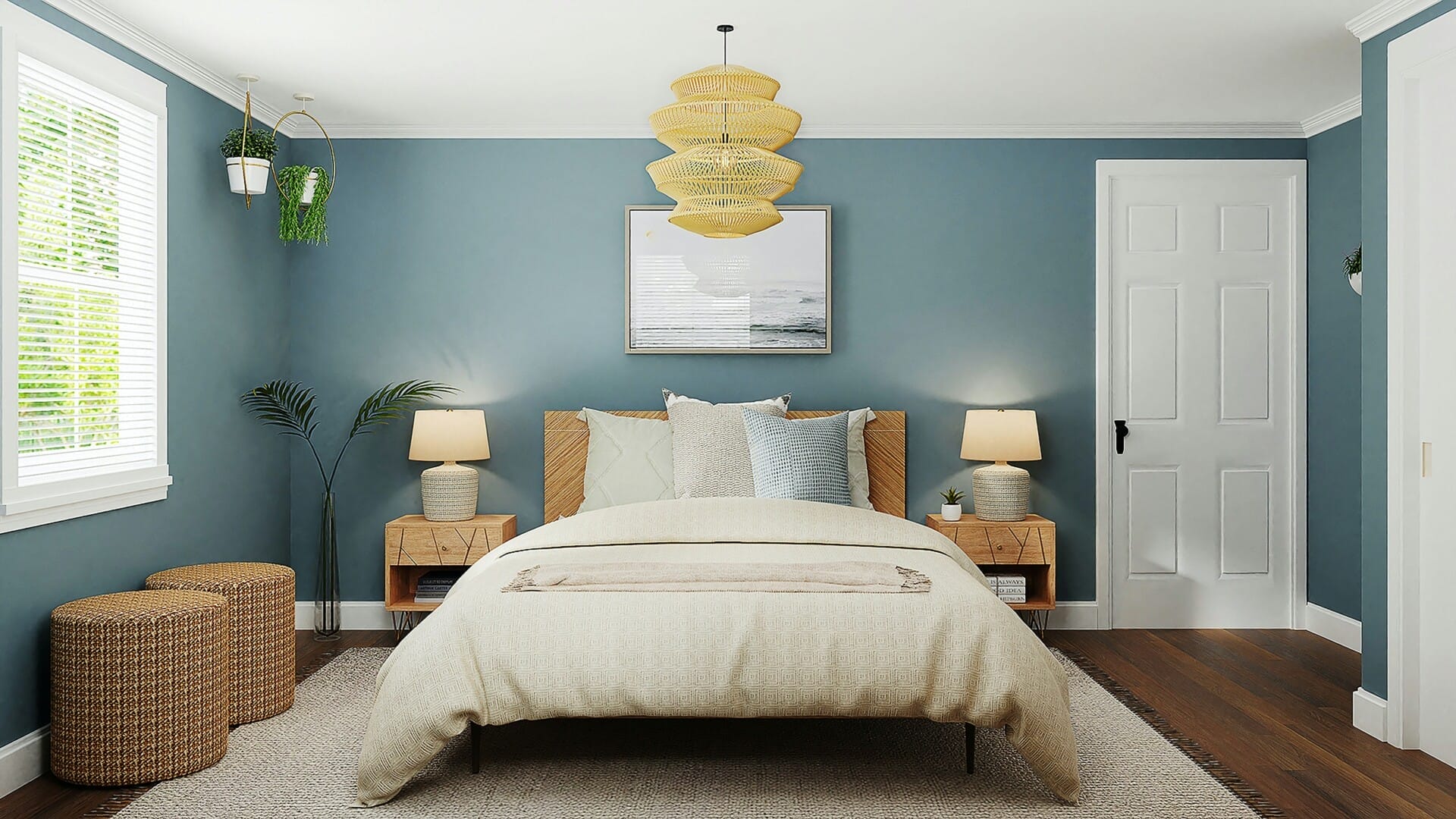
Exploring the Benefits of Modular Construction Techniques
Modular construction techniques are revolutionizing the way we think about building homes, especially in the Malaysian real estate market. This innovative approach divides structures into pre-fabricated sections or “modules,” which are then transported and assembled on-site. This method not only accelerates the construction timeline but also reduces waste and increases efficiency, making it a win-win for developers and homeowners alike. Just imagine being able to move into your new home weeks or even months sooner than traditional builds!
In addition to speed and efficiency, modular homes offer incredible flexibility and customizability. Buyers can choose from a variety of layouts, designs, and finishes, allowing them to tailor their home to fit their lifestyle and aesthetic preferences. Whether you’re a growing family needing extra space or a minimalist looking for a cozy retreat, the options are almost limitless. Here are some key benefits:
- Cost-effective: Reduced labor and material costs mean more savings for buyers.
- Quality control: Modules are built in a controlled factory environment ensuring higher standards.
- Eco-friendly: Less waste and energy-efficient designs contribute to a greener footprint.
The advantages don’t stop there! Modular construction is also increasingly compliant with local building codes, ensuring that every home is not only beautiful but also safe and durable. Plus, with a wide variety of designs available, prospective homeowners can enjoy the modern aesthetics that modular homes offer. To give you a clearer picture of the potential, here’s a simple overview of the differences between traditional and modular construction:
| Aspect | Traditional Construction | Modular Construction |
|---|---|---|
| Build Time | 6-12 months | 3-6 months |
| Cost | Higher | Lower |
| Environmental Impact | Higher waste output | Reduced waste output |
So, whether you’re a seasoned investor or a first-time buyer, embracing modular construction could be your ticket to tapping into Malaysia’s dynamic real estate market. With such compelling benefits, it’s hard to deny that modular homes are the wave of the future!
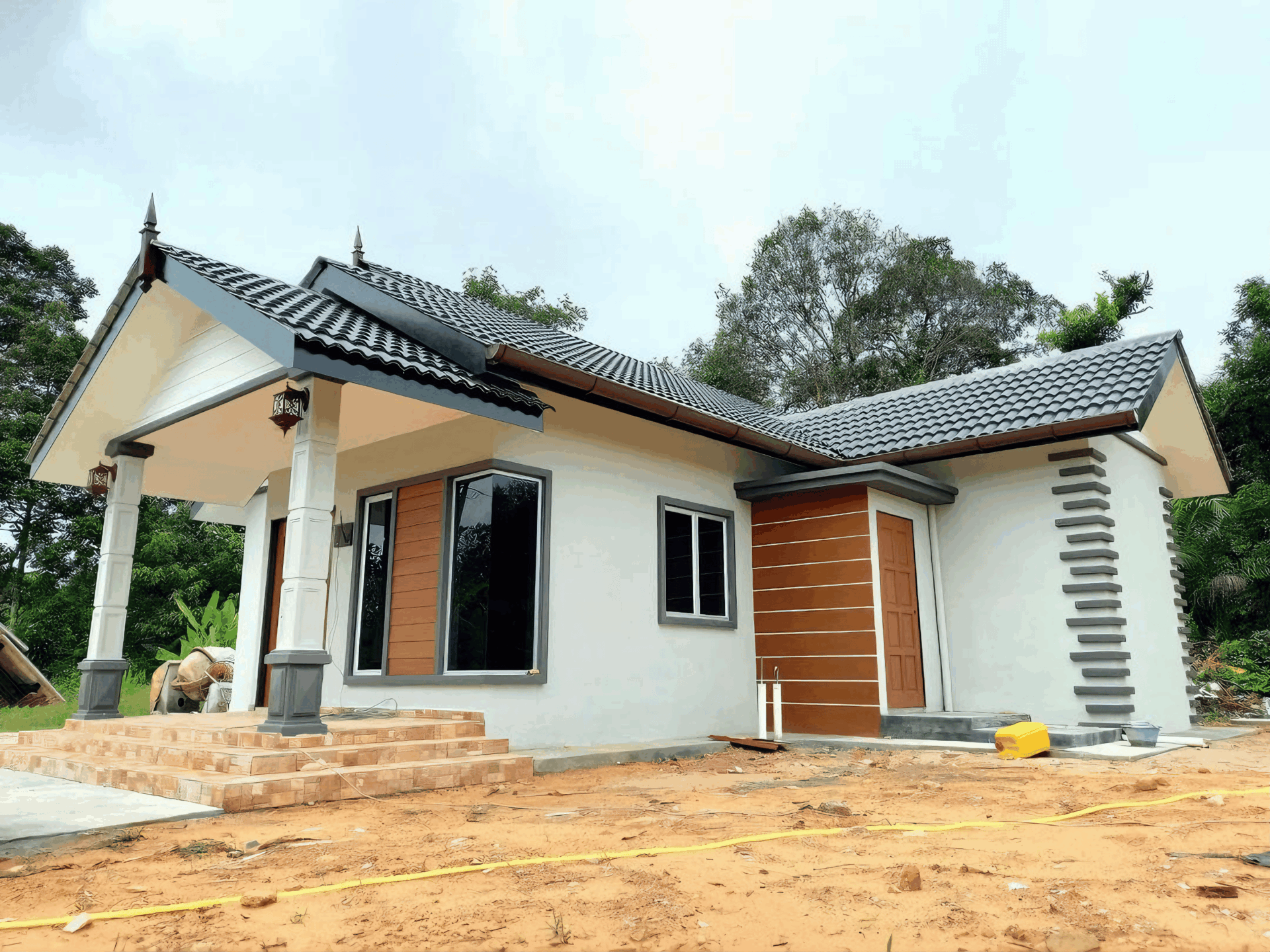
Affordability Meets Sustainability in Modular Housing
Modular housing is shaking up the traditional real estate scene in Malaysia, and it’s about time! With the rising costs of living, more Malaysians are on the lookout for homes that don’t break the bank. Modular homes are proving to be the perfect solution. They offer exceptional value through efficient manufacturing processes that cut down construction time and overhead expenses. When you choose modular housing, you get a quality home at a price that won’t leave you stressed about your finances.
But it’s not just about the cost savings—let’s talk about sustainability. These homes are built using environmentally friendly materials and techniques that reduce waste. Modular construction minimizes the carbon footprint right from the get-go. Here are just a few ways modular housing champions sustainability:
- Efficient Use of Resources: Materials are sourced in bulk and utilized efficiently, reducing leftovers.
- Energy Efficiency: Designed for optimal energy use, leading to lower utility bills.
- Reduced Site Impact: Less disruption to the land means a healthier ecosystem.
Imagine a world where you can own an affordable home while also contributing to the sustainability of the environment! Modular housing empowers you to live comfortably without compromising on your values. Homebuyers can rest easy knowing they’re making a smart financial decision while also championing eco-friendly living. Whether you’re a first-time buyer or looking to downsize, embracing modular homes means more than just having a roof over your head; it’s about making a positive impact on the future of Malaysian communities.

Customization and Flexibility: Tailoring Homes to Individual Needs
One of the standout features of modular homes is the incredible customization options they offer. Unlike traditional houses, which often come with predefined layouts and limited choices, modular homes allow homeowners to pick and choose elements that truly reflect their personal style and requirements. From the number of rooms to the overall layout, you can create a space that’s uniquely yours.
Moreover, flexibility is a huge advantage in today’s fast-paced world. Life changes and so do our needs. With modular construction, you can easily expand or modify your home without the hefty price tag typically associated with renovations. Imagine adding a new room for a growing family or converting a spare space into a home office—all without the hassle of traditional building permits and lengthy construction timelines. This adaptability makes modular homes particularly appealing for those looking to invest in their future.
To illustrate this further, here’s a quick look at some of the customization options available:
| Feature | Options |
|---|---|
| Floor Plans | Open concept, multiple stories, or compact designs |
| Finishes | Materials, colors, and fixtures that suit your taste |
| Sustainability | Eco-friendly options like solar panels or rainwater collection systems |

The Role of Technology in Enhancing Modular Home Development
Technology has revolutionized the way we approach construction and design, particularly in the realm of modular home development. This innovative building method allows for a high degree of customization, enabling homeowners to tailor their residences to fit their unique lifestyles. With the aid of cutting-edge software and design tools, architects can create stunning blueprints that seamlessly blend aesthetics with functionality. Modular home construction utilizes prefabricated components, meaning that these homes can be completed faster than traditional builds. Speed and efficiency are not just conveniences; they are essential in a fast-paced world where time is money.
One of the standout benefits of technology in the modular home sector is the integration of smart home features. Homeowners can easily incorporate systems that enhance energy efficiency and security through automated technology. These smart systems help in monitoring everything from energy consumption to home security, all accessible via a smartphone or tablet. Additionally, advancements in sustainable materials and green tech have made modular homes a better option for environmentally conscious buyers, lowering their carbon footprint while keeping comfort at the forefront.
Another key aspect is the use of advanced project management tools that improve collaboration among builders, architects, and clients. This ensures that everyone is on the same page throughout the development process and reduces the risk of unforeseen delays or costs. Keeping track of timelines, budgets, and design changes is crucial in maintaining the quality and success of any project. With tech innovations streamlining communication and logistics, the future of modular homes in Malaysia looks promising. Here’s a quick look at some technology trends making a wave in modular home development:
| Technology Trend | Description |
|---|---|
| 3D Printing | Allows for rapid prototyping of components. |
| Building Information Modeling (BIM) | Improves collaboration and visualization in design. |
| Energy Efficient Technologies | Integrates sustainability into homes. |
| Smart Home Automation | Enhances security and energy management. |
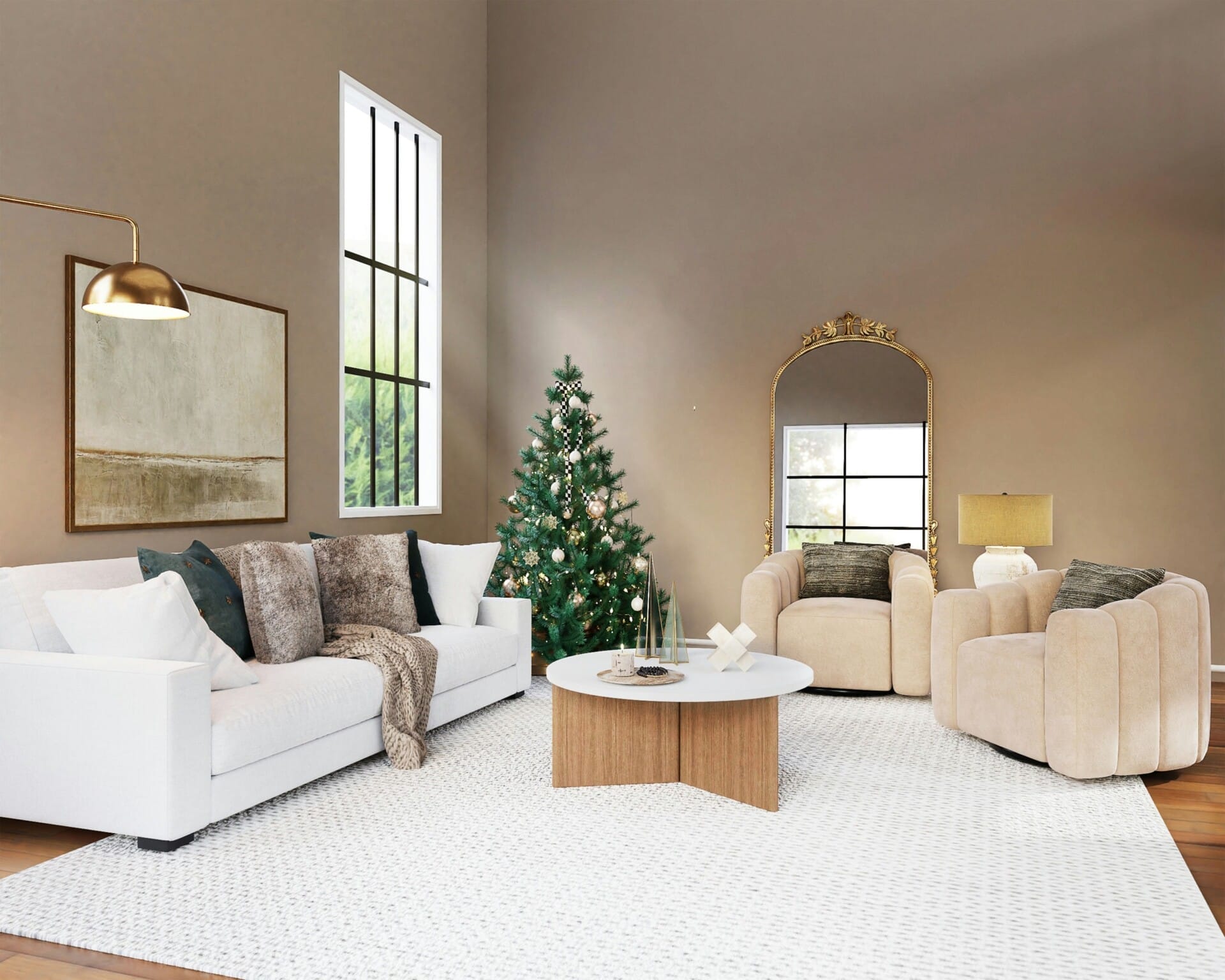
Navigating Regulatory Challenges in Modular Housing
Navigating the complex maze of regulatory challenges is one of the biggest hurdles for modular housing in Malaysia. These regulations can vary widely across states and municipalities, leading to confusion and delays in project timelines. To successfully maneuver this landscape, developers need to engage in thorough research and proactive communication with local authorities. Understanding the zoning laws, building codes, and environmental regulations is vital for ensuring compliance and avoiding costly setbacks.
Moreover, the modular housing industry can benefit significantly from the establishment of clear guidelines and a collaborative relationship between government bodies and developers. In this context, it’s essential to advocate for streamlined approval processes and easier access to permits. This can pave the way for faster project completion and help foster a more inviting environment for investors. Some key considerations include:
- Renewable energy requirements: Focus on sustainability to meet both regulatory demands and consumer preferences.
- Safety standards: Ensuring that modular homes comply with local safety regulations to protect residents.
- Land use efficiency: Encourage designs that maximize space while maintaining regulatory compliance.
To showcase the potential of modular housing while tackling these challenges, partnerships between public and private sectors could be beneficial. Creating a roundtable discussion forum, for instance, can foster collaboration to address regulatory issues head-on. An example of this could include setting up a series of workshops aimed at educating stakeholders about the benefits of modular homes, simplifying the regulatory landscape, and ultimately highlighting the economic advantages of this innovative housing solution.

Investing in Modular Homes: What Buyers Should Consider
When diving into the world of modular homes, prospective buyers should take a close look at several key factors that can influence both their living experience and investment potential. First off, location is essential; modular homes can be placed in a variety of settings, from bustling urban areas to serene rural landscapes. It’s crucial to research the area’s growth potential—look at plans for infrastructure development and community amenities. Understanding the local market trends will help you gauge whether you’re making a long-term investment or just chasing the latest property fad.
Next up, consider the design and customization options available with modular homes. Different builders offer varying levels of personalization, from choosing layout configurations to finishing touches. It’s smart to prioritize builders who use quality materials and sustainable practices. Don’t hesitate to ask for examples of past projects, which can give you a clear picture of their style and workmanship. A standout home not only benefits your lifestyle but can also enhance resale value down the road.
Lastly, think about the financing options that apply to modular homes. Many buyers are surprised to find that these homes can qualify for traditional mortgages just like site-built homes. However, some lenders may have specific conditions, so it’s worthwhile to shop around for the best rates and terms. Confirming that you have a solid financial plan in place will help in making a smooth purchase. Plus, keep in mind the potential for lower maintenance costs with modular homes, which might just make them the perfect financial choice for your future.
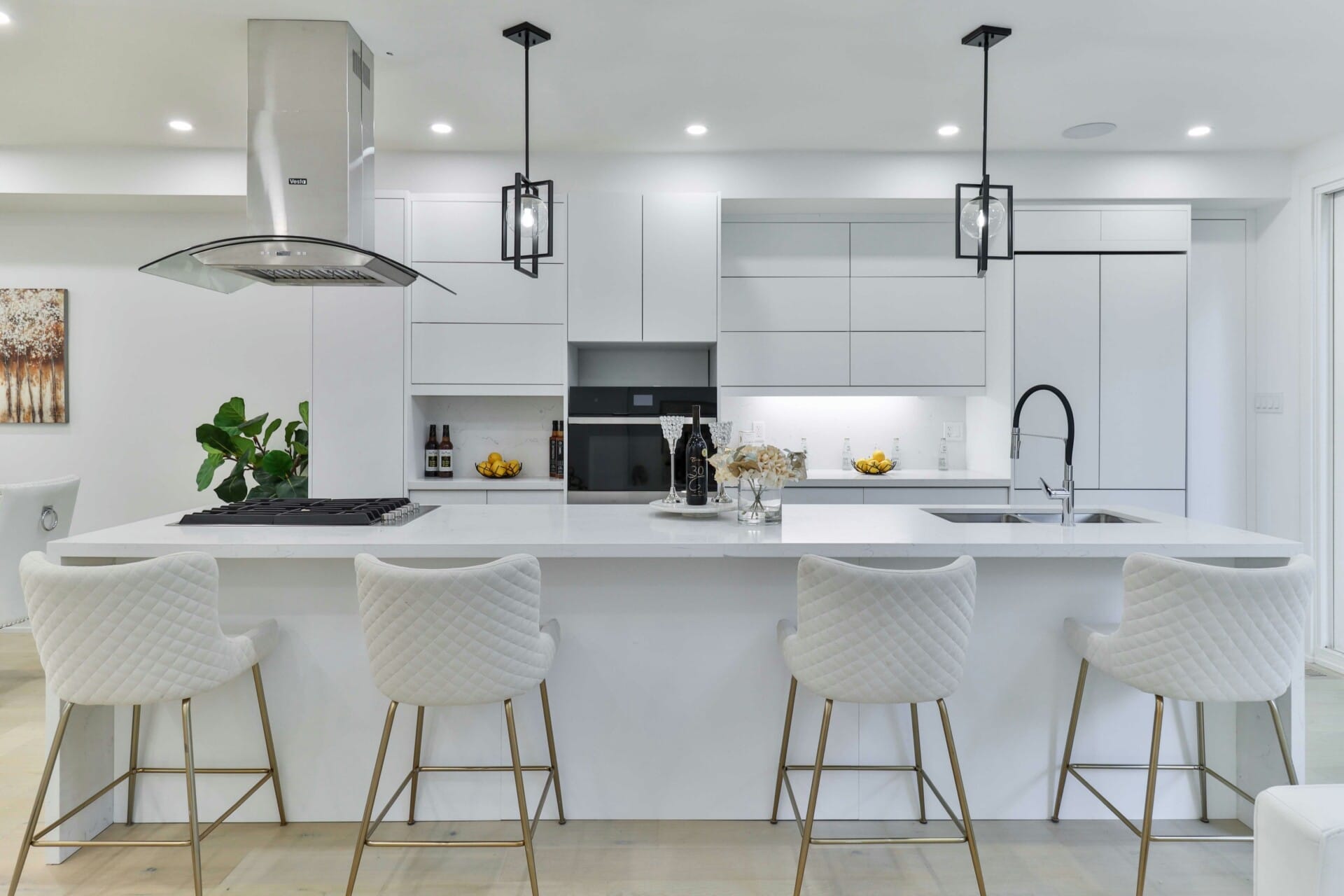
Looking Ahead: The Future Potential of Modular Real Estate in Malaysia
As Malaysia navigates its urbanization journey, the rise of modular real estate offers an exciting glimpse into a future where living spaces are not just functional but also remarkably innovative. This building method allows for faster construction times and reduced labor costs, appealing to developers eager to meet the growing demand for affordable housing. Imagine a scenario where new neighborhoods can pop up almost overnight, changing the landscape of cities and towns in record time.
Additionally, modular homes can be tailored to sustainability goals, a priority for environmentally-conscious Malaysians. With the integration of energy-efficient systems and sustainable materials, these homes not only reduce carbon footprints but also promote a healthier lifestyle. Consider the advantages:
- Reduced waste: Minimal on-site construction waste compared to traditional building methods.
- Energy efficiency: Often designed with better insulation and eco-friendly technologies.
- Community focus: Easy to create eco-friendly neighborhoods designed for harmony with nature.
Furthermore, the potential for modular real estate isn’t just limited to residential properties. The commercial sector can equally benefit from modular construction, allowing businesses to expand or relocate without lengthy delays. This flexibility is crucial in an ever-evolving economic landscape. To illustrate, here’s a quick comparison of traditional versus modular construction timelines:
| Construction Type | Average Timeline |
|---|---|
| Traditional Construction | 12-24 months |
| Modular Construction | 3-6 months |
The Way Forward
As we wrap up our deep dive into the world of modular homes and their potential to revolutionize Malaysian real estate, it’s clear that this isn’t just a passing trend. With their innovative designs, sustainability, and speedy construction, modular homes are here to stay and make a significant impact. Whether you’re a first-time buyer, an investor, or simply someone curious about future living spaces, the opportunities are endless!
So, don’t just sit back and watch from the sidelines. Embrace this wave of change and consider how modular homes can fit into your vision of modern living. The future is bright, and with modular homes leading the charge, you could very well be part of a new era in Malaysian housing. Stay informed, explore your options, and who knows? You might just find your dream home lurking within the walls of a modular masterpiece. Happy house hunting! 🏡✨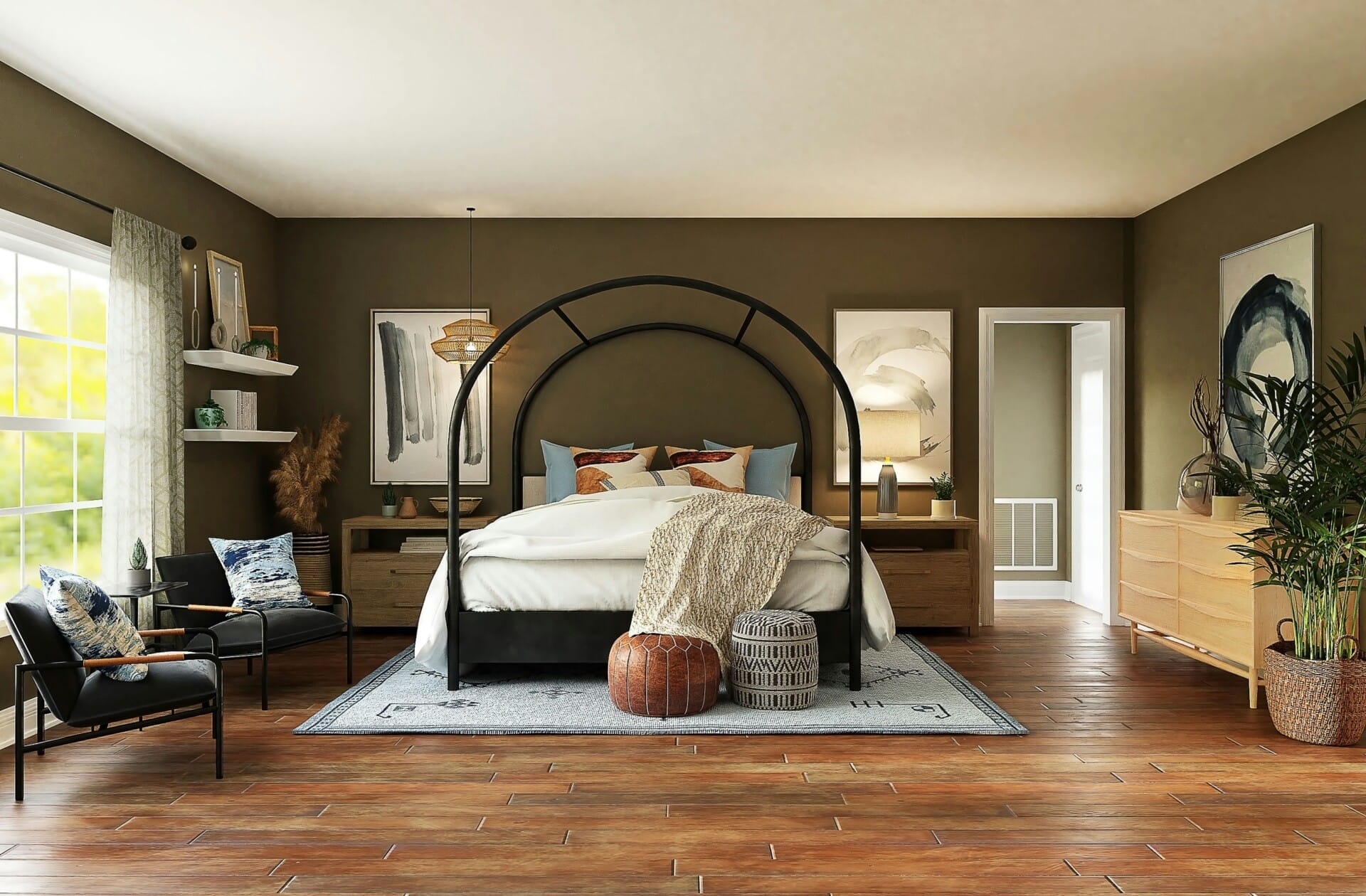
kontraktor rumah
bina rumah
pinjaman lppsa
pengeluaran kwsp
spesifikasi rumah
rumah batu-bata
pelan rumah
rekabentuk rumah
bina rumah atas tanah sendiri
kontraktor rumah selangor
rumah banglo
Source link











